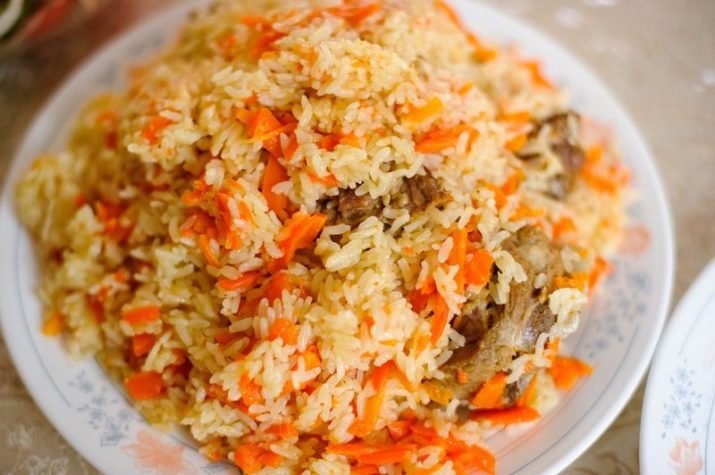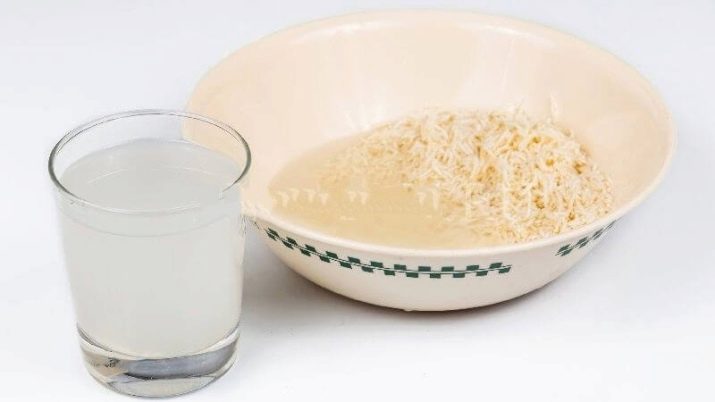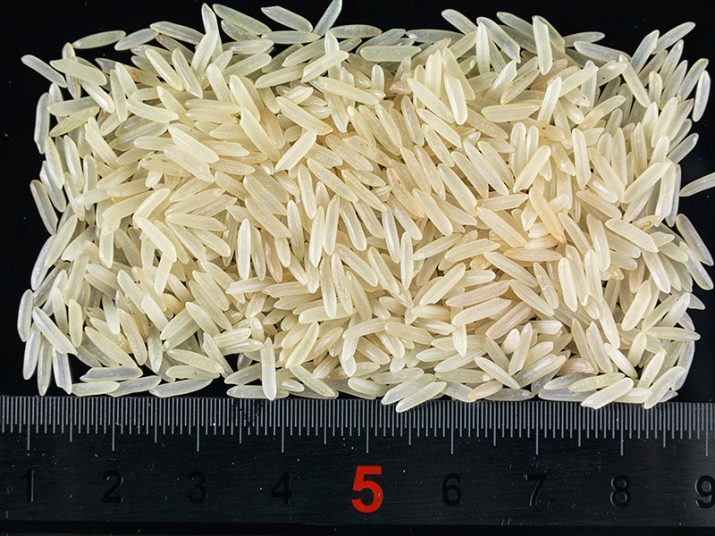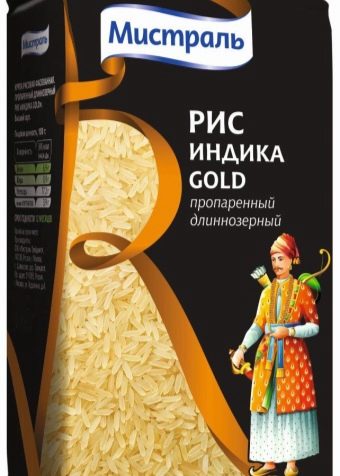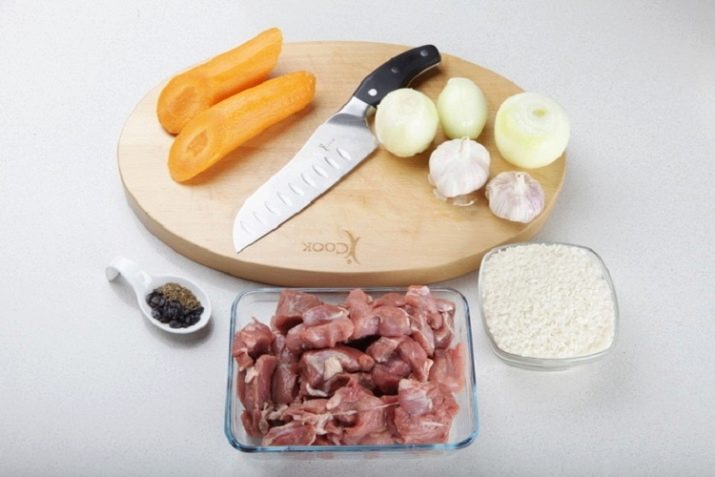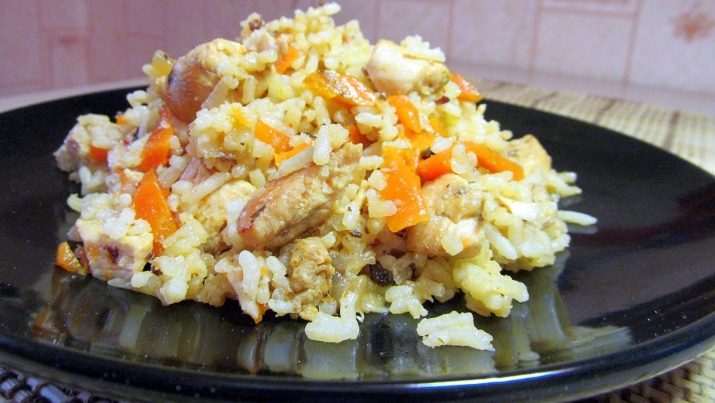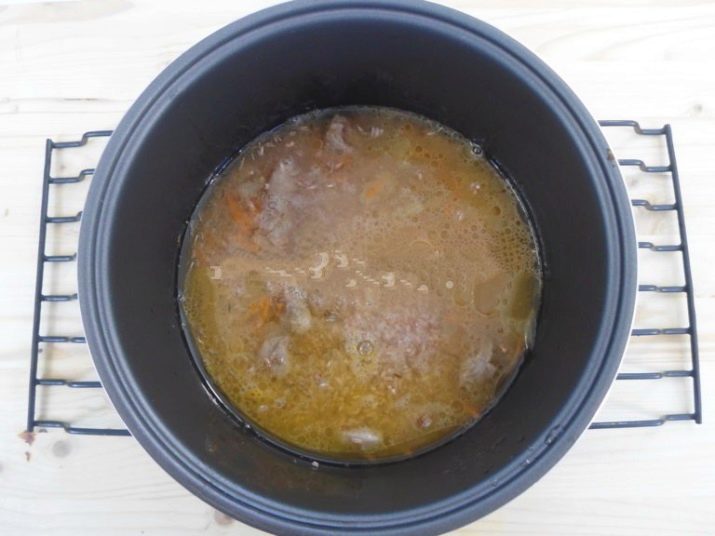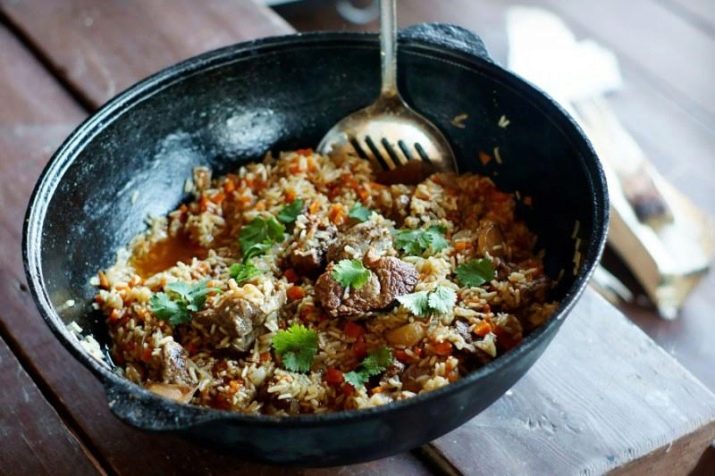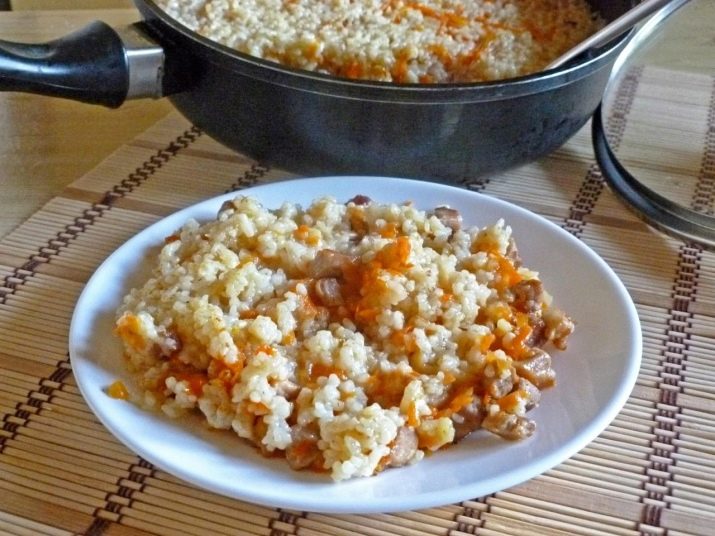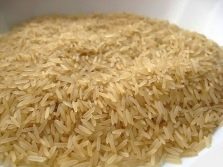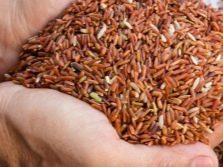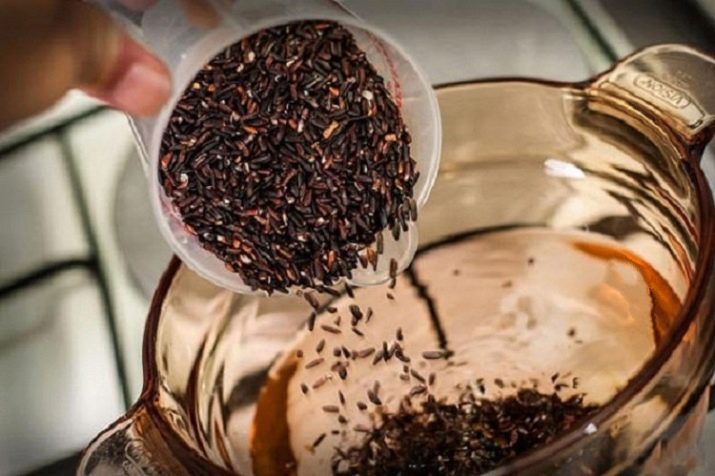The ratio of rice and water for cooking pilaf
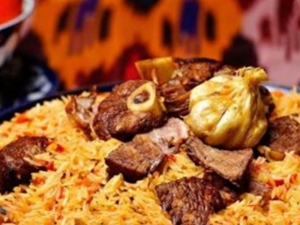
Every self-respecting hostess seeks to feed their households with delicious food. Despite the fact that pilaf does not belong to the traditional Russian traditional food, many people in our country love this dish very much. It is distinguished not only by its excellent saturated taste, but also allows you to quickly get enough to satisfy hunger.
Naturally, many housewives have a question how to make this dish so that it turns out fragrant, tasty, beautiful and not too fat. There are many little tricks, how to cook pilaf, so that all the household could not tear it away until their plates are empty.
The most important secret in the proper preparation of pilaf is a clear ratio of rice and water. Since such a combination has a direct effect on the degree of steaming of the grain, it helps to protect the dish from burning and at the same time prevents pilaf from turning into mush with meat.
Let us consider in more detail what factors will determine the ratio of water and rice to cook the perfect pilaf.
How to choose cereal?
Going to a store or supermarket for groats for pilaf, It is very important when choosing rice to pay attention to the important points.
- Packing material - opt for a transparent plastic packaging or a cardboard box, in which there is a transparent window. This will allow you to analyze the quality of cereals sold, to see what color of grain, in what condition they are. By purchasing a product in an opaque package, you can buy a product of obviously poor quality, from which not only pilaf, even tasty porridge will fail.
- Color of grains - if the grains are white, this indicates that rice is included in the composition, which has not fully matured. It is very fragile and can spoil the taste of the dish. And also there should be no grains with a yellowish edging. The presence of such a shade indicates that before the cereal was packaged in a package, it was not sufficiently dried in large quantities. Because of this, a harmful fungus has been formed, the consumption of which can provoke poisoning, since this fungus is very toxic.
- Grain quality - high quality rice is characterized by the same size for all grains, in appearance it should resemble matte glass. Try to shake the packaging to consider the largest possible amount of cereals. If there are abundant crushed grains, it is better to refuse the purchase of such grains, as small particles will be quickly boiled soft. The final taste of the dish will be spoiled, as the quick cooking of the cereal is extremely undesirable for pilaf.
- Shelf life - Do not buy cereals, the shelf life of which has expired. It will not bring any benefit to the body, besides it may adversely affect the taste of the dish.
In order to prepare a tasty dish, it is necessary to carefully choose the type of rice, because not every variety is suitable for pilaf.
Several varieties are considered to be the best varieties for cooking plov.
- "Basmati" (translated as "fragrant") - in the process of cooking, the grains of this rice do not boil soft, on the contrary, their lengthening occurs, as a result of which the kernels do not stick together.
- "Jasmine" - belongs to Thai rice varieties. It is characterized by a sophisticated floral flavor. Often used as an alternative to the most expensive option - "Basmati".
- Indica - belongs to the long-grain varieties of cereals. He also will not stick together and boil soft. It is one of the most popular varieties.
- Devzira - is the most famous among the Uzbek varieties of rice. Its large figurines, differing in oblong and ribbed form, are covered with special pink powder. After rinsing such cereal, it acquires natural clarity.During cooking, this rice increases in volume approximately 7 times. A dish made on the basis of this product will be crisp and have a pleasant taste.
The more budgetary options include steamed rice, which is also used to prepare this dish. Many housewives also prefer to cook pilaf from round grain rice, which is produced in Krasnodar.
You should not try to cook long-grain rice pilaf, because in this variety the greatest amount of gluten, because of which the rice stick together, and the pilaf will not be crumbly, but will resemble porridge with meat.
Ingredient proportions
In order to prepare crumbly pilaf, it is very important to respect the ratio of its ingredients. The standard ratio for rice rice and water is 1 to 2. Thus, if you take 100 grams of rice, then you need to use 200 grams of water. These proportions can vary depending on the capacity in which the dish is prepared, as well as which variety was used.
To calculate the amount of pilaf, as well as how many servings of 1 kg of rice will turn out, you need to know the mass of other ingredients. So, to the most popular recipe include such proportions:
- 1 kilogram of rice;
- 1 kilogram of meat;
- 1 kilogram of carrots;
- 600-700 grams of onions, although at will its amount can be increased.
Based on this, in the end, you can get 4 kilograms of pilaf.
Please note that the weight of rice during cooking does not increase, but only its volume increases, because it absorbs water. Rice groats can grow at least 3-4 times in volume, and if a variety of rice grains such as Devzira is used, then the volume grows as much as 6-7 times.
Therefore, to make pilaf very tasty, you can take a smaller amount of rice, or increase the amount of other ingredients.
For multicooker and steamer
Such a household appliance as a multicooker can significantly simplify the process of cooking pilaf, especially if the “Pilaf” mode is present in this device. The amount of rice and water should be taken in a ratio of 1 to 2. If you take a larger volume of liquid, then the cereal will quickly melt and turn into rice porridge.
But you should also take into account the fact that other components that make up the pilaf also saturate it with liquid, so ideally it is better to take a little less water. For example, in order to cook 4 servings of pilaf, take 3 cups of rice and fill them with 5 cups of water.
Connoisseurs of healthy and low-calorie foods prefer to cook pilaf in a double boiler, using the minimum amount of fat, as well as preferring low-fat meats. In order to cook pilaf in a double boiler, it is necessary to take 1 part of rice and 1 part of water, it is also allowed to slightly increase the amount of liquid, depending on the selected rice variety. Its maximum volume should not exceed 1.5 parts of rice. So, if you take 2 cups of rice, then you need 2 to 3 glasses of water.
For cooking in a cauldron, in a pan and in a saucepan
Choosing capacity for cooking pilaf, opt for dishes that have a thick bottom. The best options are:
- cauldron - traditionally this dish is prepared in a cauldron;
- pan - it should have a rather thick cast-iron bottom;
- pan - it should have very thick walls that should be quite high so that the dish will fit and not scatter on the stove during cooking.
In order to cook delicious pilaf in a cauldron, you need to take a standard proportion of 1 cup of rice and 2 cups of water. And so that you get exactly pilaf, and not rice porridge, you can pour even a little less water. Pilaf is cooked under an open lid until the water is completely evaporated. Then the cauldron is closed with a lid, and the dish will need to be later some more time, until the cereal is fully cooked.
If the liquid quickly evaporated, and wait a very long time until the dish is ready, then you can add a little boiling water to prevent the pilaf from burning.
If you cook pilaf in a pan, then you need to take a little more water than for cooking in a cauldron. Due to insufficiently thick walls and bottom, the liquid will evaporate quickly. Therefore, the optimal ratio is: 1 kilogram of rice per 3 liters of water.
Please note that during the preparation of pilaf in the pan, it is necessary to stir it periodically, making sure that the dish does not burn.
If pilaf is cooked in a pan, then for 1 cup of rice grains you need to take 2.5 cups of water. The pan should immediately close the lid. Such dishes for cooking pilaf has a large surface, so the liquid will evaporate faster.
Do not be afraid that the liquid evaporates ahead of time, you can add it at any time. It will be worse if you take an excessive amount of water. For example, if 200 grams of rice is poured with 3 liters of water, then instead of pilau, you can get ordinary boiled porridge.
Take into account the grade
During cooking pilau, as well as when choosing the ratio of water and rice it is necessary to take into account the variety of rice cereals that was acquired for this purpose.
- Using steamed rice, consider the fact that it is little deformed during cooking. The ratio of water will depend on whether the rice kernels have been pre-soaked. If dry cereal is used, then take 1 part water and 1 part rice. If rice groats were pre-soaked, then the amount of liquid should be increased by 2 times.
- If you use round rice, then consider the fact that it is quickly boiled soft, and the amount of water must match the amount of rice.
- If you use brown rice, then 3 parts of water are taken for 1 part of the seeds. Similar croup belongs to the raw versions of rice, therefore it is inherent in very big hardness. To get rid of it, the rice must first be thoroughly washed, rinsed with boiling water, then dipped in cold water and left soaked overnight.
- If Basmati is used, then for 1 cup of this product it is necessary to take 1.6 glasses of water. Before using it, it is not necessary to rinse the cereal.
- Before cooking rice "Devzira" it should be very thoroughly washed. During the preparation of pilaf, it is necessary to observe a proportion of 1 to 2.
- If you use black rice, then you need a lot of water. So, for 1 glass of cereal it is necessary to pour 4 glasses of water. It should also be thoroughly washed and soaked overnight before cooking.
Should I soak the rice?
If you are preparing pilaf from hard varieties or from unprocessed rice (for example, black or brown), then it is mandatory to soak this cereal.
Many housewives are advised to use for this purpose a little salted water. It is also recommended to use hot, not cold water. But do not pour boiling water over the grits; the temperature of the liquid should be about 80-85 degrees.
The time during which the rice must stand soaked depends also on its variety. So, steamed cereal can stand for 15-20 minutes, for the brown species will take more time. It should stand in water for several hours, so it is better to leave it for the night, and cook pilaf in the morning.
Ilya Lazerson's tips for cooking pilaf, see the following video.

